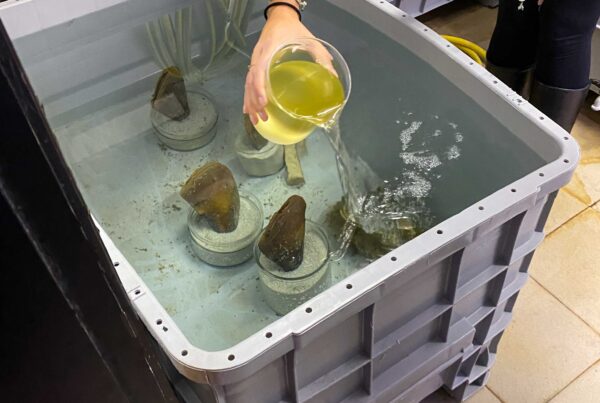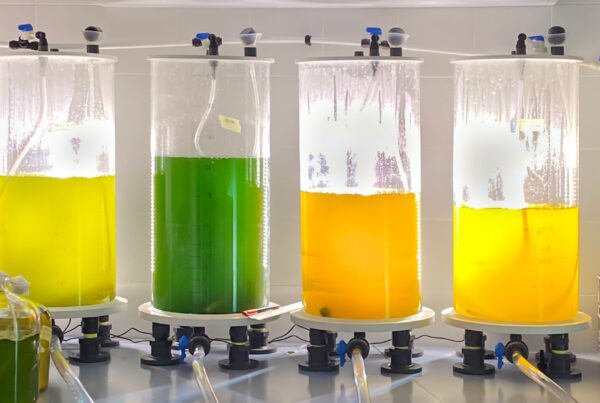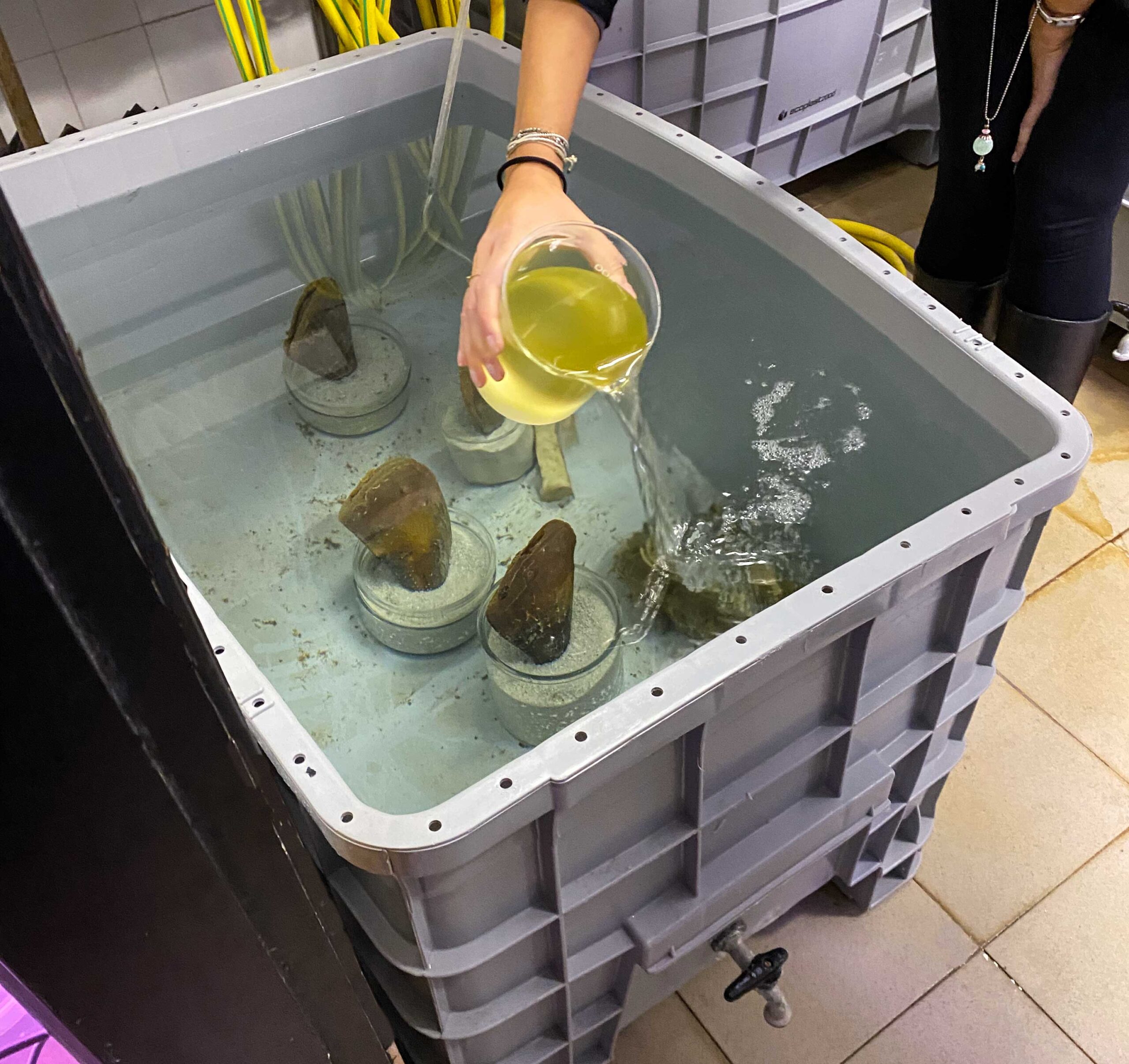Two months after the arrival of Atrina fragilis, survival is 100 per cent
It was early December when nine individuals of Atrina fragilis were brought to the CNR laboratory in Camogli, managed by the University of Genoa, so that researchers could refine maintenance and feeding techniques on this unprotected but potentially very closely related Pinna nobilis species. “To date, everyone has survived. We’ve had to get a bit carried away with the ‘meals’ because in the scientific literature there is no unambiguous protocol on food feeding for this species. Today we give them a few litres of microalgae culture prepared by us and a few drops of artificial filter feed every other day,” explains Mariachiara Chiantore, lecturer in Ecology at DISTAV.


Given the excellent results in terms of survival, the researchers have also carried out exercises by taking tissue for genetic sampling and are waiting for the reproductive period of Atrina to try to stimulate the emission of gametes, by controlling the water temperature. “These are all experiences that will be useful when the Pinna specimens arrive (so for the summer, if all goes according to plan)- concludes Mariachiara – although we think that compared to Atrina fragilis, Pinna nobilis will be more complicated to maintain, being a species that is much more ecologically demanding in the wild’.




